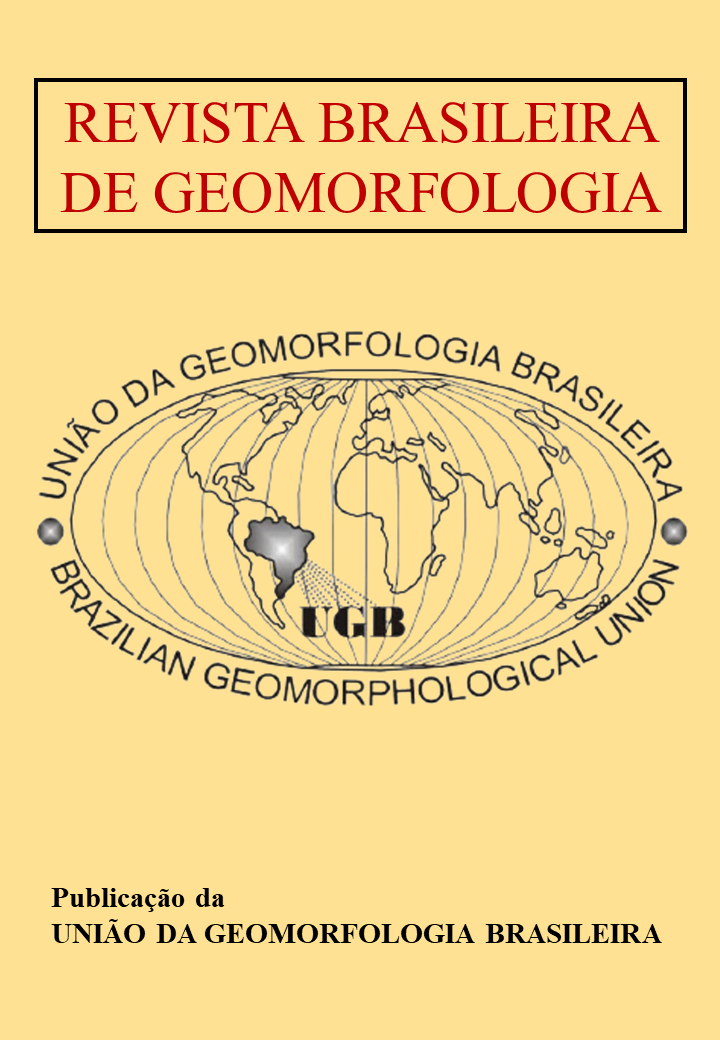Morphology, flow structure, and sediment transport in the Paraná and Piquiri Rivers confluence, Brazil
DOI:
https://doi.org/10.20502/rbg.v24i2.2337Palavras-chave:
confluence, morphodynamics, channel planform, sediment concentrationResumo
Confluences are places of a complex interaction of flow and sediments coming from different channels. Studies at large confluences have advanced the understanding of these environments on a larger scale. This study is carried out at the confluence formed by the Paraná and Piquiri rivers in the state of Paraná - Brazil. This study aimed to the analysis of channel morphology, flow structure, and sediment dispersion at the confluence of rivers. The methodology consists of bathymetric data, ADCP data – Acoustic Doppler Current Profiler, and calculating suspended and bed sediment transport. ADCP data was processed in VMT software and generated the following information: flow direction, sediments load (bed and suspended) and used to calculate the moment ratio (Mr), discharge ratio (Qr), stream power (Ω), and specific stream power (ꞷ) in both channels. The results reveal the variation of channel depth, and specific morphological areas for the confluence with a sediment accumulation zone, submerged lateral bar, and excavation area. The flow dynamics shows an increase in velocity in the Paraná River downstream of the confluence and a decrease in the flow velocity of the Piquiri River as it approaches the junction. The confluence has a flow stagnation zone, acceleration, and shear layer. The suspended sediment concentration is higher in the Piquiri River, on the other hand, the bed material of the Paraná River is predominantly composed of medium to coarse sand fractions.
Downloads
Downloads
Publicado
Como Citar
Edição
Seção
Licença

Este trabalho está licenciado sob uma licença Creative Commons Attribution-NonCommercial 4.0 International License.
Autor(es) conservam os direitos de autor e concedem à revista o direito de primeira publicação, com o trabalho simultaneamente licenciado sob a Licença Creative Commons Attribution que permite a partilha do trabalho com reconhecimento da autoria e publicação inicial nesta revista.










